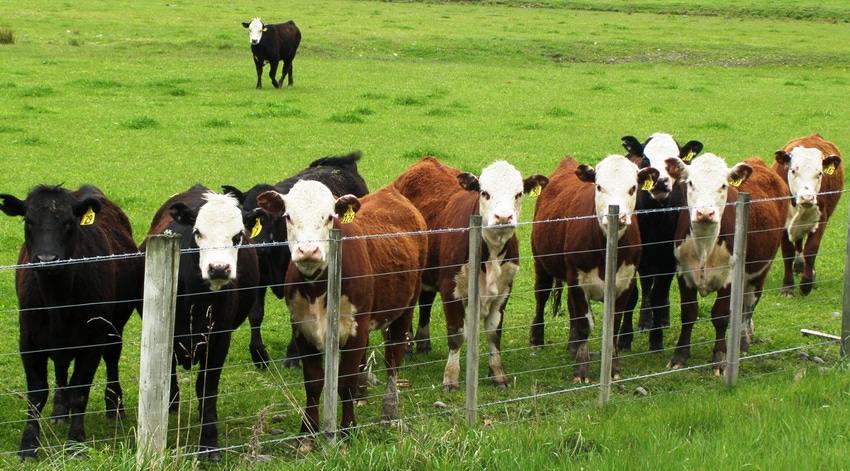Shrinking genes threaten livestock diversity
February 1, 2013

The National Western Stock Show just wrapped up in Denver, with similar exhibitions getting underway in Rapid City and Houston in the next few weeks. Visitors at these events tend to marvel at the diversity of livestock showcased in the barns and pens.
In reality, though, the livestock business is undergoing a rapid contraction in genetic diversity.
Most global attention on the collapse of genetic diversity in agriculture has focused on the crops that produce our food. Seed companies and land grant university seed breeders alike have consistently unveiled new specialized strains of plant varieties that have been engineered for higher yields. With the promise of each additional bushel, farmers abandoned traditional varieties to flock to the new strains.
According to the United Nation’s Food and Agriculture Organization, 75 percent of the crop diversity in the world was lost between 1900 and 2000. The introduction of genetically engineered crops has certainly accelerated that collapse.
It’s time that we start looking into the collapse of genetic diversity in livestock as well.
The bulls fetching top dollar at the various livestock expositions around the country are not destined for a leisurely life in a pasture anymore. Instead, they are headed to facilities where they will be regularly “milked” for their semen, which is sold by the straw to customers wanting to improve the genetics of their herds.
Artificial insemination, embryo transplant and in-vitro fertilization are now the dominant breeding practices as producers feel the pressure to pack more pounds onto the frame of a beef animal, or to produce more gallons of milk from a dairy cow.
The dairy industry has already headed down this path at full tilt. On-line chat boards debate the relative price and value of semen from the top bulls. And, for a premium of about $30 per straw, producers can purchase sexed semen guaranteed to produce a female calf.
Bison producers are well-aware of the fragility of genetics within a species. After all, the more than 400,000 bison in North America today all descended from the estimated 500 – 700 animals that survived the genetic bottleneck when the once-massive herds were decimated in the late 1800’s.
Ironically, today’s bison herds may soon have more genetic diversity than the nine million head of dairy cows in the U.S.
You May Also Like


